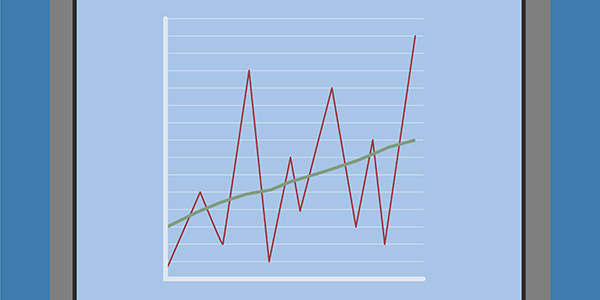As an operations manager, you naturally want to know how your entire portfolio of projects is doing. Useful Analytics tools with a series of dashboards provide insight into various KPIs of your project portfolio. This way you can see at a glance which projects require your attention. In this article we discuss the 5 most important KPIs for your project portfolio.
1. Budget vs. Actuals
With this KPI you can see which projects still have the most budget/hours left and which have an overrun. This is especially useful if you don’t have good progress reports available – then you can use Budget vs. Actuals to see how each project is doing.
2. Progress
This KPI provides insight into the projects with the most and least progress. That gives you a nice overview of how all your projects are doing. For example, it is immediately noticeable if a project has been stuck at 5% progress for 2 weeks – then you know that you have to check what is going on with that project. In addition, this way you gain insight into how regularly the progress information is updated, and that insight is essential to make good decisions in your project.
3. Budget result
Based on this KPI you can see the spending based on the progress. So, per project it provides insight into how much was budgeted to spend and how much has been spent so far. So, if you have already spent many more hours than you should have spent on the basis of the progress, it is important to dive into this quickly!
4. Margin
What are your margins on each project? With this KPI you can, for example, highlight the 10 best and the 10 worst projects in terms of margin. This way you can immediately see which projects contribute the most and which contribute the least to your business return.
With the projects that do not earn you anything, you naturally have to find out why you get so little margin on them. Maybe you had budgeted for a team of juniors, but it turns out that freelancers and seniors are being used that “eat up” all your margin.
5. Due activities
With this KPI you view your projects based on delayed activities. If you schedule the start and end dates of your project activities, you can also analyze whether the activities are on schedule. Activities are considered overdue when the end date is in the past and when progress is not 100%. This allows you to analyze which projects have due activities, how many are due and who the responsible project manager is.
The complete picture
By combining the different KPIs with each other, you can highlight your portfolio from multiple angles. In this way you gain insight into the complete picture and you can find out where things are going well and where things are going wrong. Moreover, in the long term you can start to spot the trends in your business and thus find out what the structural factors are that lead to over- and under-performance – and these are of course important factors to manage!





